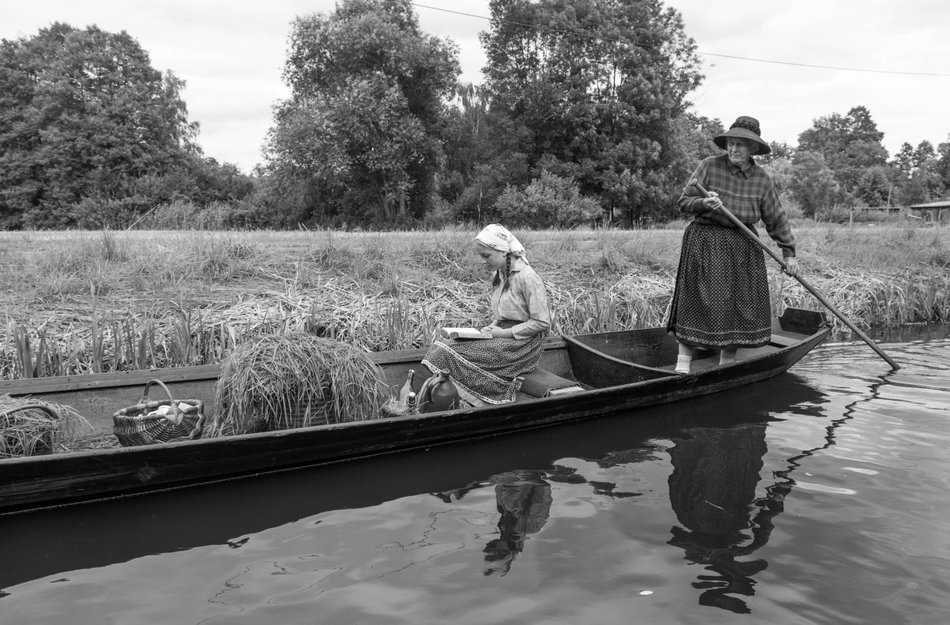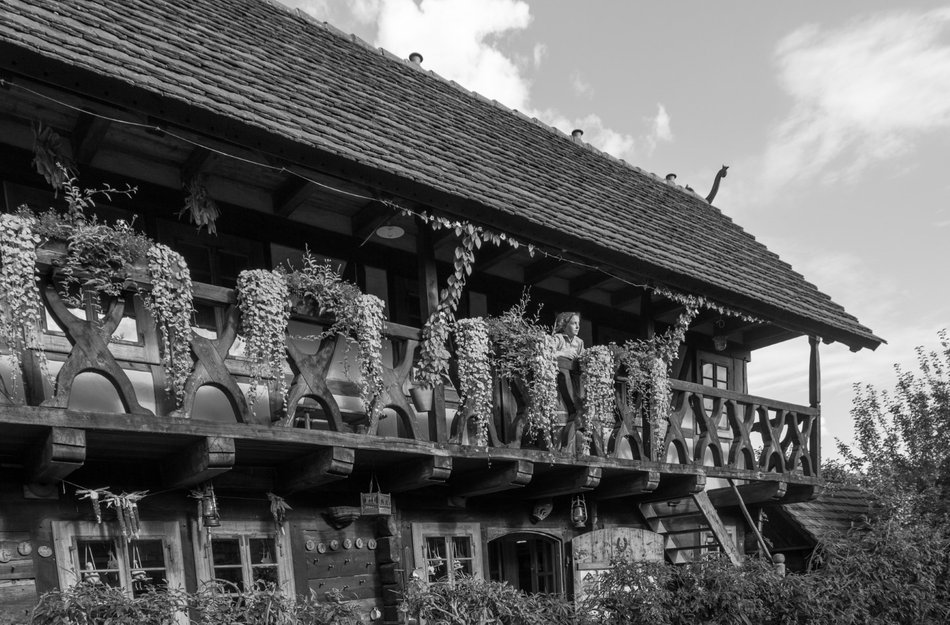The history of the Spreewald
"And that nothing of the magic of Venice should be missing from the network of these Spree canals, that the Spreewald gondolier should ply the endlessly confused river district in his boat" - Theodor Fontane.
Ice-age processes shaped the natural landscape of the Spreewald, which is unique in Europe. In the early 1990s, an area of approx. 475 km² was declared a UNESCO Spreewald Biosphere Reserve.
Ice Age Formation of the Spreewald
The formation of the Spreewald can be traced back to the last ice age. With the onset of glacial melting, a fine network of rivers developed, between which small sand islands rose due to sedimentation. The first scattered settlements arose on the so-called Kaupen in the 17th century. Burg-Kauper is one of the best-known scattered settlements in the Spreewald today.
In the course of time, further deposition processes formed a flat moor landscape with a dense tree population of pines, birches, willows, oaks, lime trees and alders. The first settlers found a lush forest landscape inhabited by moose, bears and wolves.

Settlement period in the Spreewald
From the 2nd to the 5th century, Germanic tribes settled in the Spreewald, but left the area again. In the course of the great migration of peoples in the 6th century, the first Slavic settlers (Sorbs) settled. With them, the natural landscape in the Spreewald developed into a cultural landscape. A large part of the forests gave way to agricultural land and a mosaic of fields, meadows, pastures and farmsteads shaped the landscape from then on.
Then as now, water determined the rhythm of life of the people living in the Spreewald. Every homestead has a small harbour and a boat, which used to be used to fetch the harvest from the fields and take the children to school. Even today, the waterways are used to transport food and letters.
Of the 1,575 km of rivers in the Spreewald, 267 km are navigable. Due to the unruly nature of the water, the first dams were built at the beginning of the 20th century to regulate the water level and prevent crop failures. To this day, they allow largely unhindered boat trips in the Spreewald.

